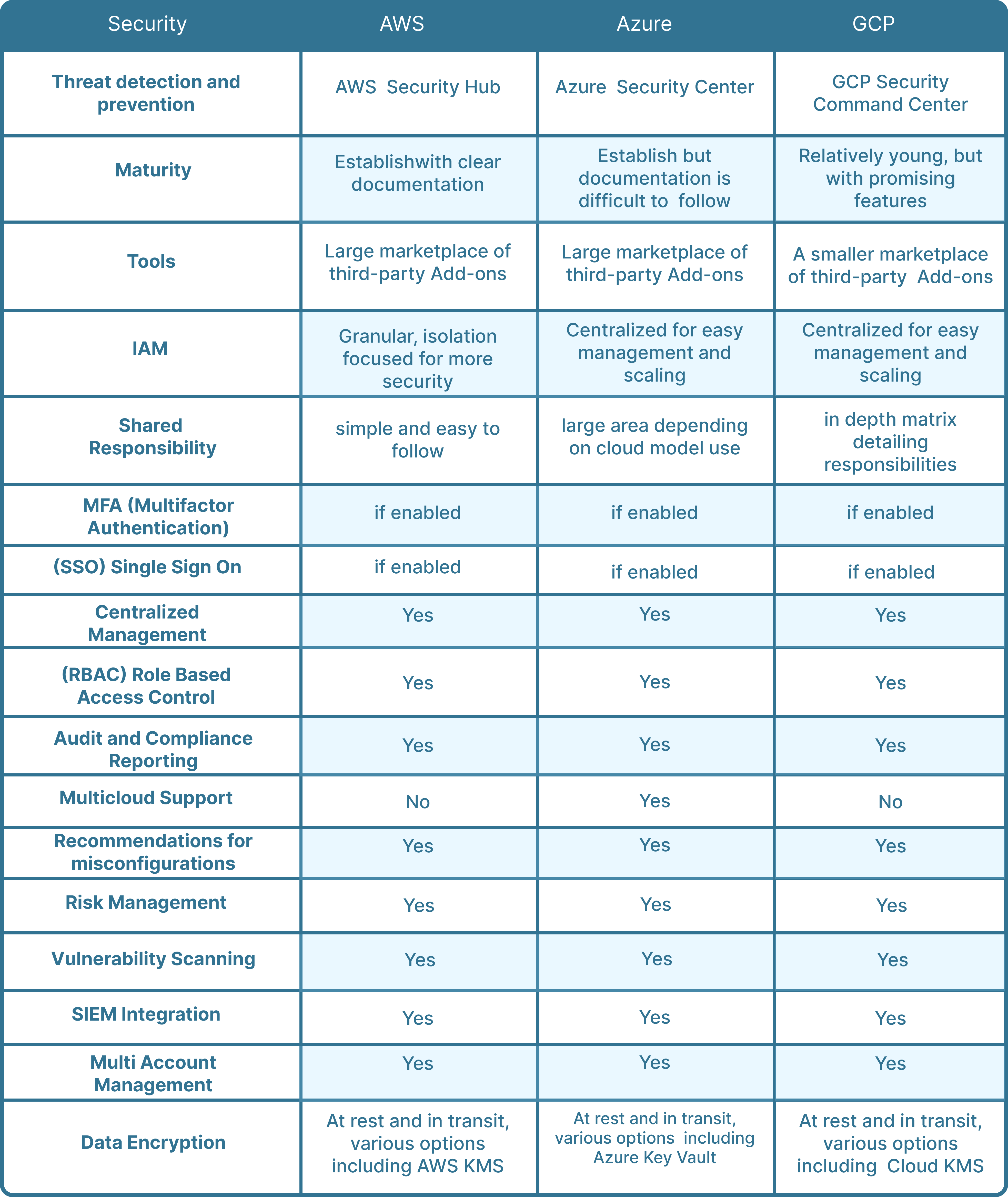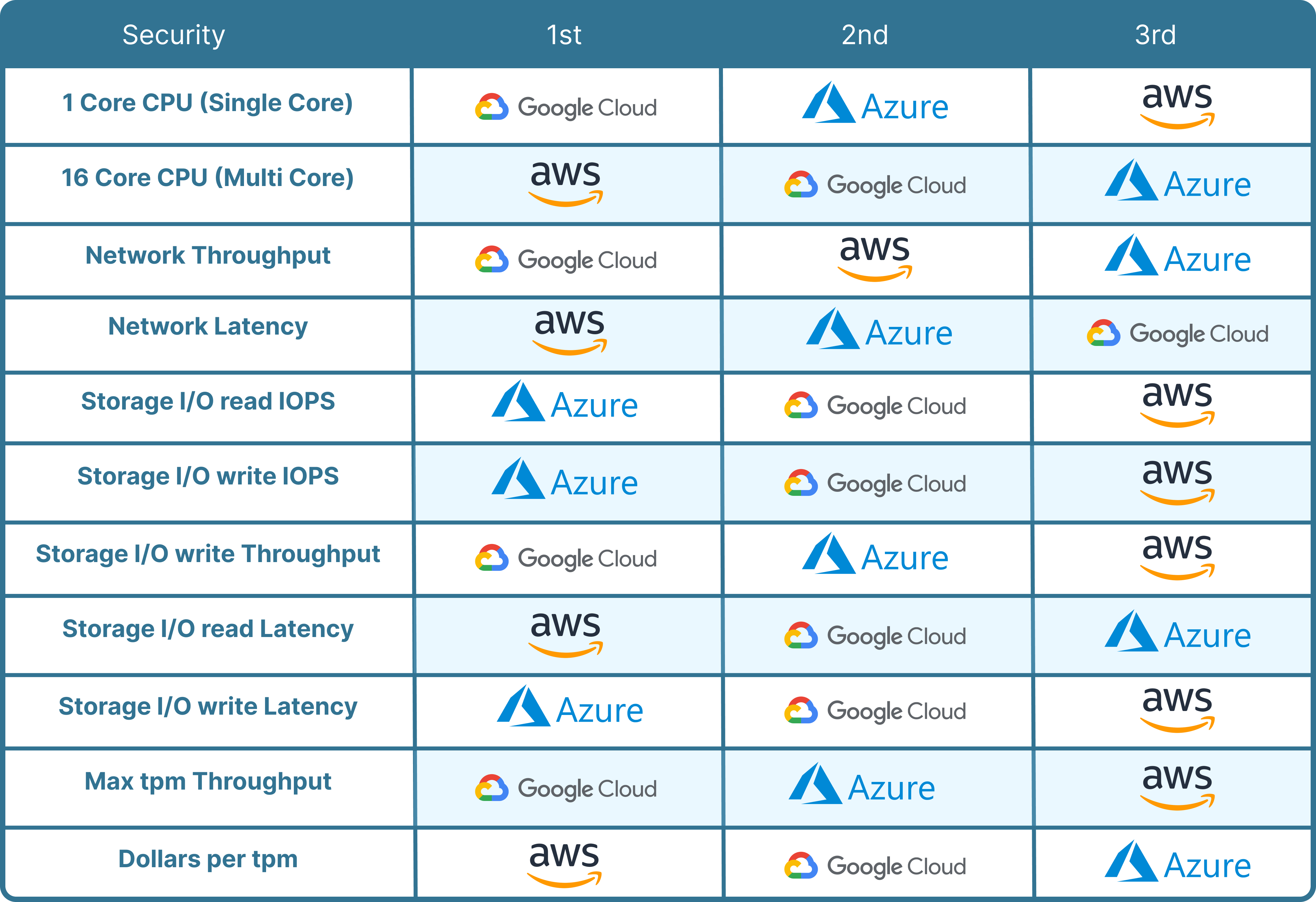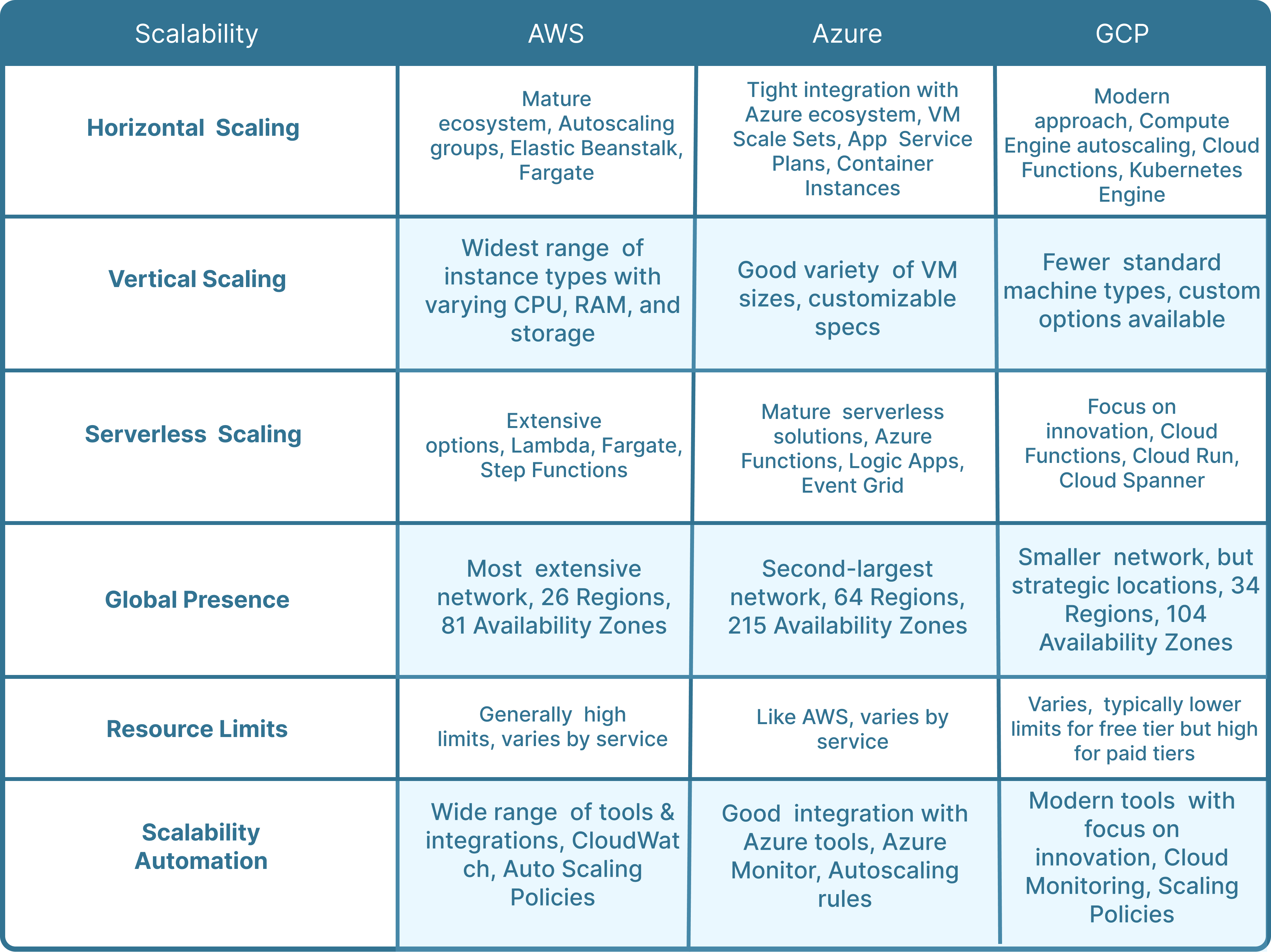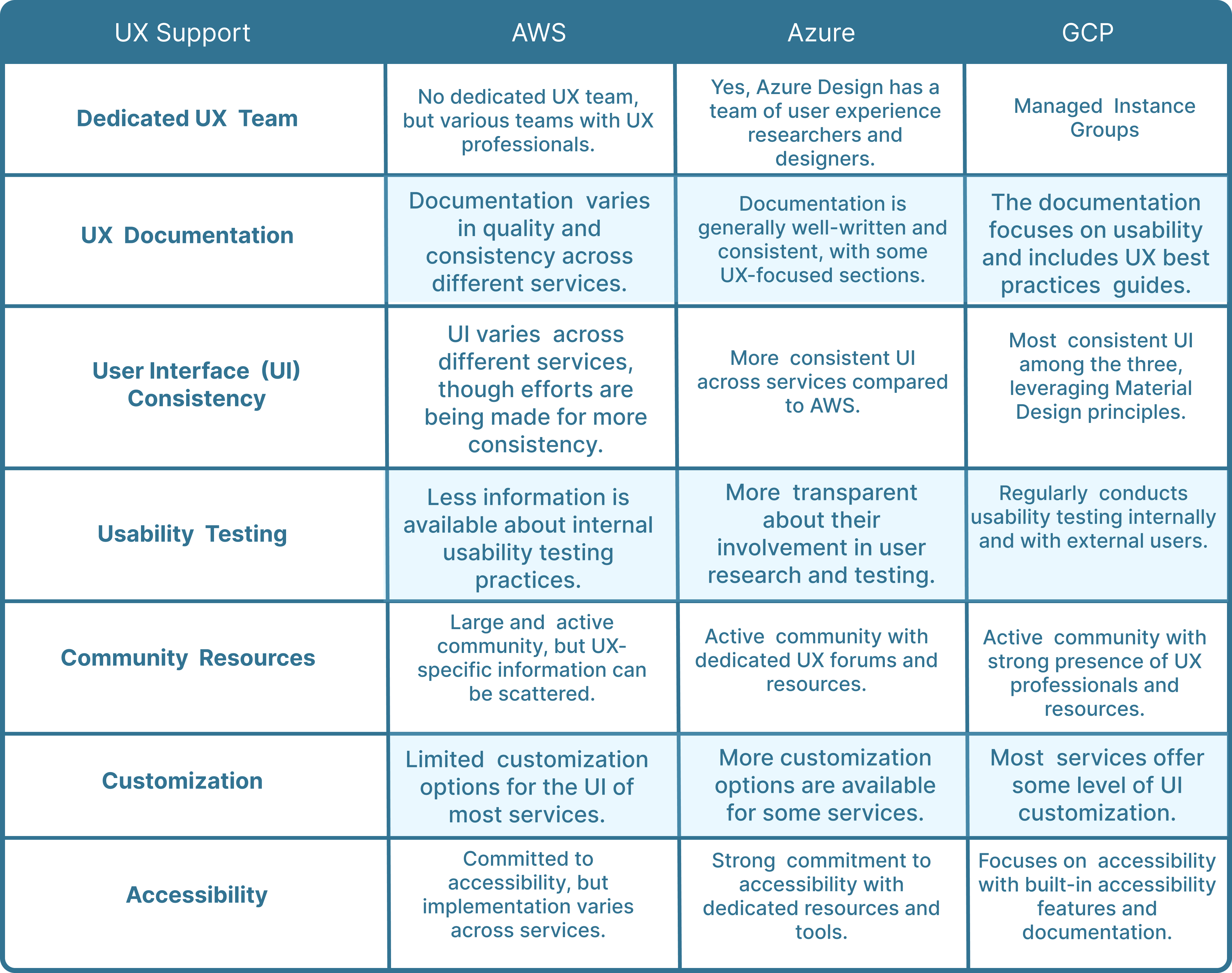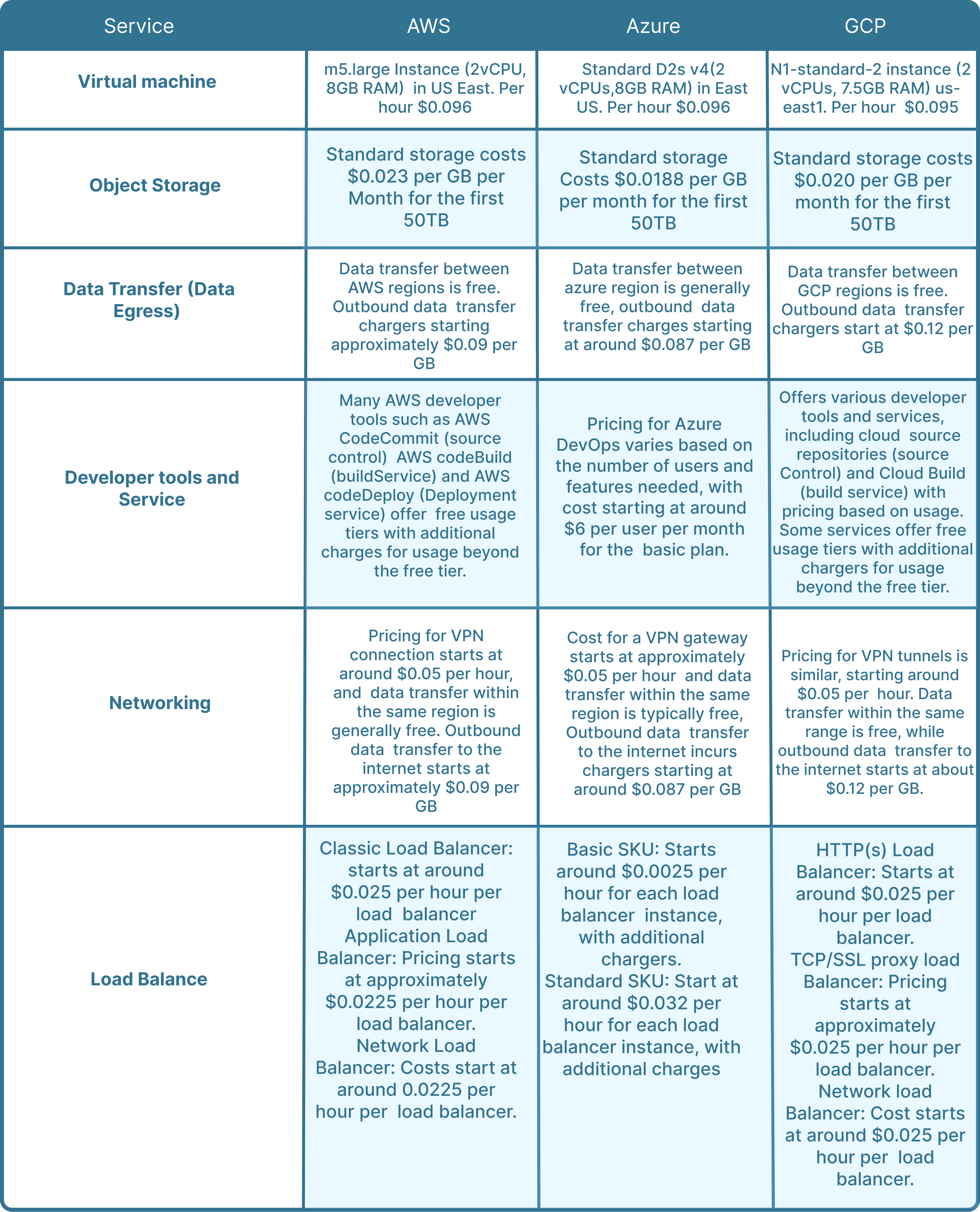Services
FEATURED SERVICES
DevOps Implementation

FEATURED SERVICES

Choosing the Right Cloud Service Provider: Evaluating cost, performance, scalability, security, and compliance to select the best fit among AWS, Azure, and GCP, considering factors like geographic regions and regulatory compliance.
Creating the Software Architecture: Designing for scalability, resilience, and performance while deciding on technology stack, deployment models, and microservices vs. monoliths to align with project goals and support CI/CD practices.
Ensuring Container Orchestration: Automating deployment, scaling, and load balancing of containers using platforms like Kubernetes to streamline application lifecycle management and achieve consistent deployment environments.
CI/CD Pipeline and Automation: Automating building, testing, and deployment stages to accelerate development cycles and ensure reliable software updates using tools like Jenkins, GitLab CI/CD, CircleCI, or Travis CI.
Support and Maintenance: Performing ongoing tasks like monitoring, troubleshooting, applying patches, and implementing security measures to ensure stability, performance, and security while continuously improving processes for enhanced reliability.
FEATURED SERVICES
There are many variations of passages of Lorem Ipsum available, but the majority have suffered alteration in some form, by injected humour, or randomised words which don't look even slightly believable. If you are going to use a passage of Lorem Ipsum, you need to be sure there isn't anything embarrassing hidden in the middle of text. All the Lorem Ipsum generators on the Internet tend to repeat predefined chunks as necessary, making this the first true generator on the Internet. It uses a dictionary of over 200 Latin words, combined with a handful of model sentence structures, to generate Lorem Ipsum which looks reasonable. The generated Lorem Ipsum is therefore always free from repetition, injected humour, or non-characteristic words etc.



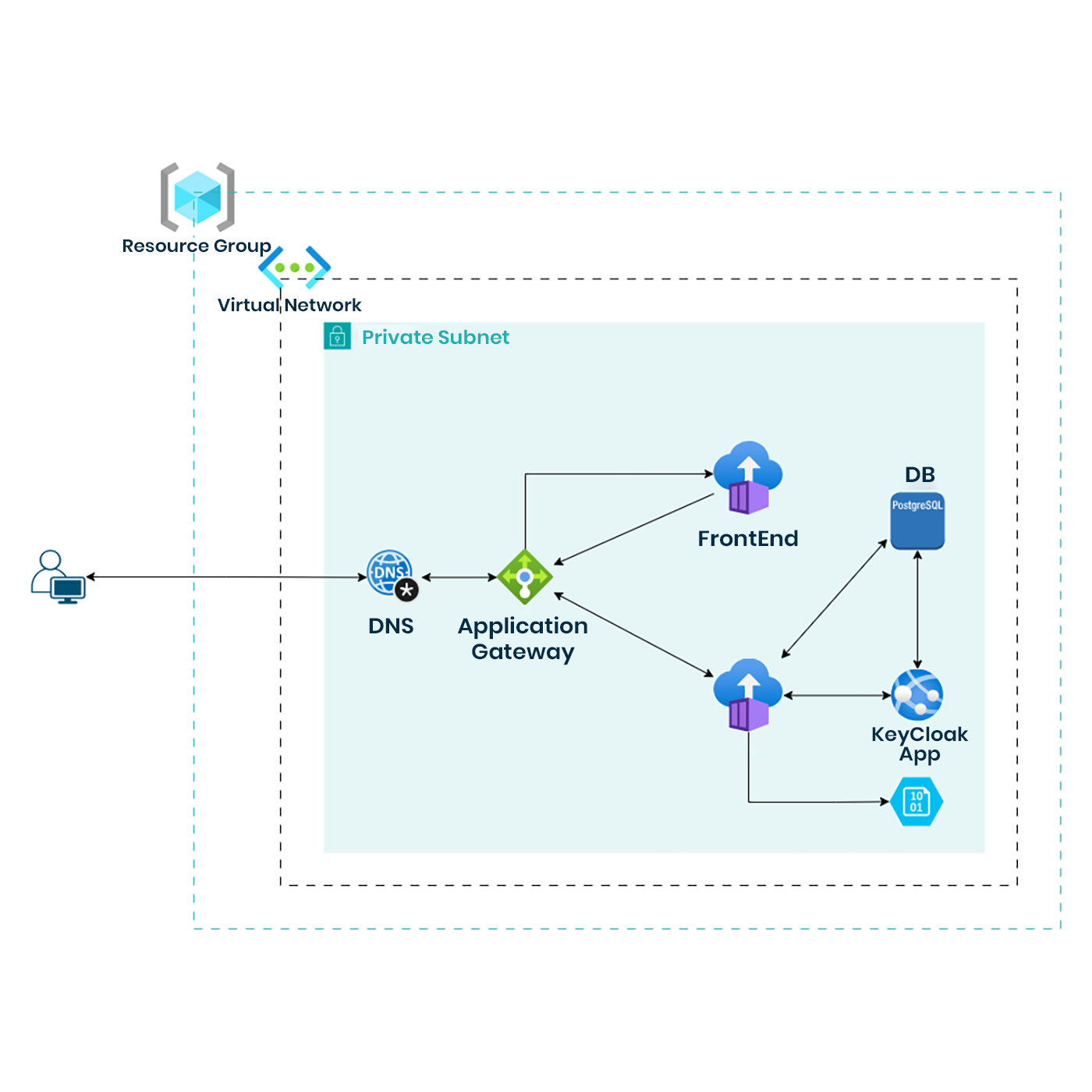
We'll devise a strategic DevOps implementation roadmap tailored to your needs, leveraging cutting-edge technologies such as serverless computing, Kubernetes, Docker, containerization, and microservices. This approach ensures your applications and infrastructure scale automatically in response to usage patterns like traffic surges or concurrent users.
We automate key processes in your DevOps pipeline, leveraging cutting edge technologies like serverless computing, Kubernetes, Docker, and microservices. This ensures seamless scalability and responsiveness to usage patterns such as traffic surges or concurrent users.


Continuous Integration and Continuous Delivery (CI/CD) pipelines streamline the software development process by automating the integration, testing, and deployment of code changes. CI ensures that code modifications are frequently integrated into a shared repository, triggering automated builds and tests to identify errors early on. CD expands upon CI by automating the deployment of validated changes to production or staging environments, ensuring consistent and reliable delivery of features and updates while mitigating risks and maintaining system reliability.
Containerization streamlines your DevOps workflow by encapsulating applications and their dependencies into lightweight, portable containers. Leveraging tools like Docker, it enables consistent deployment across diverse environments, facilitating scalability and efficient resource utilization.

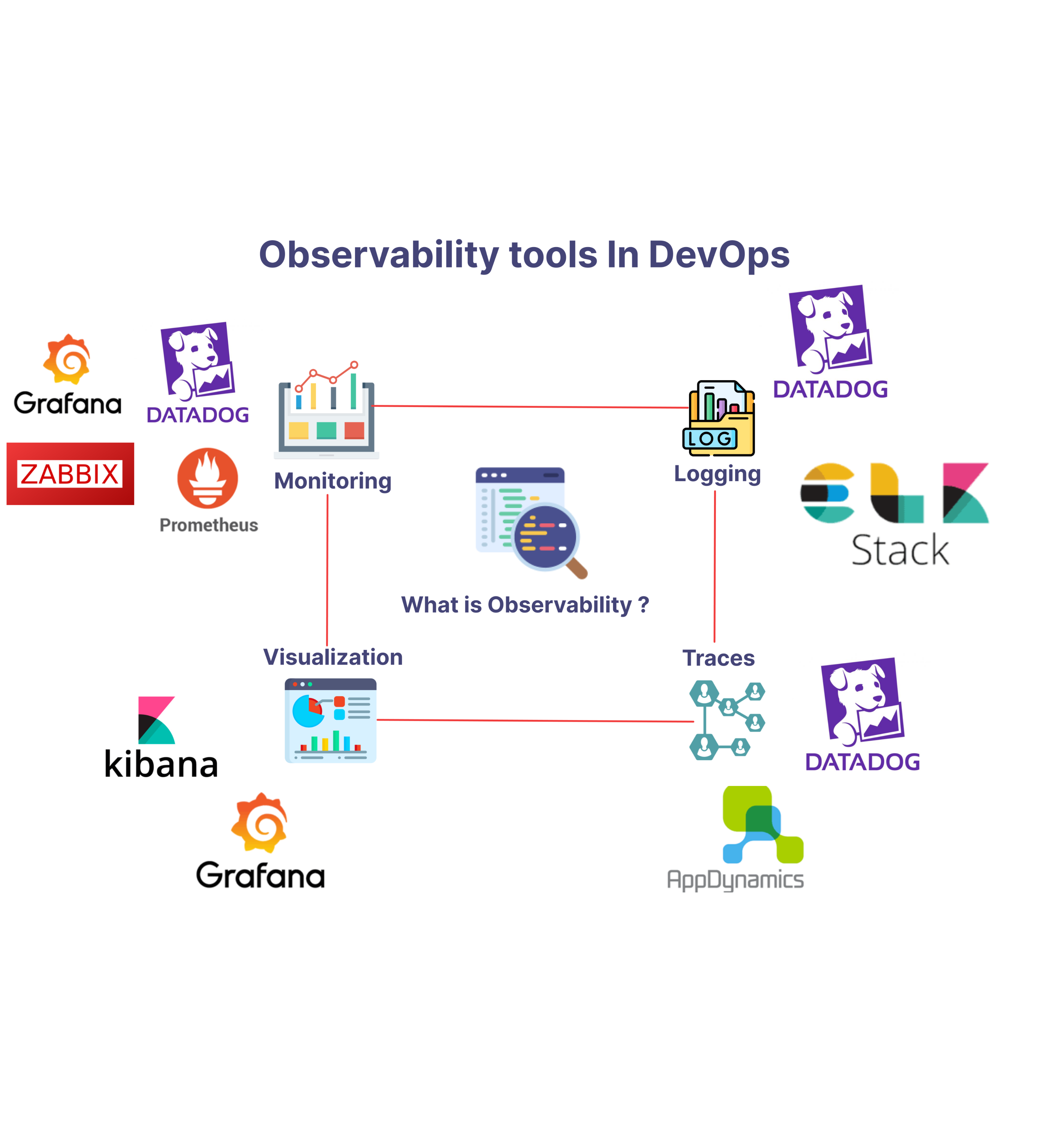
Observability tools in DevOps are essential for monitoring and understanding the performance, health, and behavior of applications and infrastructure throughout the software development life cycle. These tools provide visibility into various aspects of a system, including application metrics, logs, traces, and events, enabling teams to detect issues, troubleshoot problems, and optimize performance effectively. Observability tools there are main four categories, Monitoring tools, Log management tools, Visualization tools and Tracing tools.
Our DevOps approach includes robust support and maintenance services to ensure the continuous operation of your applications and infrastructure. From troubleshooting to performance optimization, we provide proactive monitoring and rapid response to keep your systems running smoothly, minimizing downtime and maximizing efficiency.

ABOUT US
Cloud platforms are infrastructure and services provided over the internet, allowing users to access computing resources, storage, databases, and other service son-demand without the need for physical hardware or infrastructure. These platforms offer scalability, flexibility, and cost-effectiveness, enabling organizations to build, deploy, and manage applications and services efficiently. What we are considering is the most popular cloud platforms, AWS, Azure and Google Cloud Platform (GCP).

